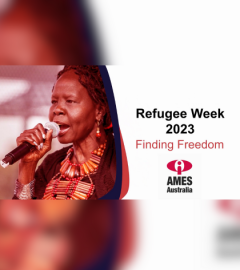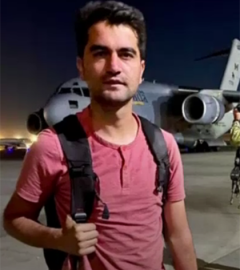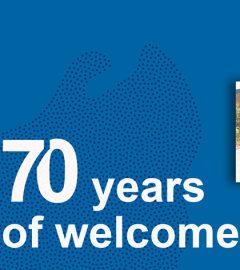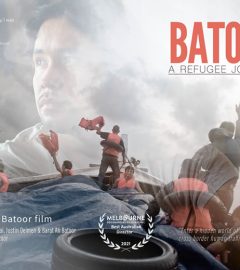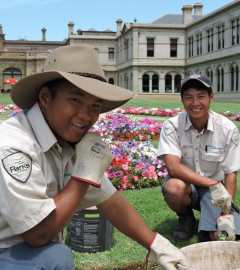The world’s most blighted refugees?
They are potentially the most unwanted people in the world.
More than two dozen Bhutanese refugees who were forcibly deported from the United States under the Trump administration’s migrant crackdown have found themselves in unprecedented legal limbo.
The refugees are Lhotshampa, a Nepali-speaking ethnic minority who were expelled from Bhutan in the 1990s. After decades in refugee camps in eastern Nepal, more than 100,000 of them were legally resettled in the US, Australia, Canada and other countries under a UN-led program that began in 2007.
After being deported by the US, in a move that stunned refugee communities across America, Bhutan refused to accept them upon arrival and rejected them at the border, leaving them stateless and adrift.
Nepal has said will not give them residency or citizenship, so most are now confined once again to refugee camps in Nepal that were their homes as children.
Until recently, the US had not deported anyone from Bhutan in years, because the Bhutanese government was unwilling to take them.
But since March, more than two dozen Lhotshampa have been deported from the US, where most have lived since they were children, back to Bhutan, mostly because they have committed minor crimes.
All of the deportees were not undocumented and came to the US legally and most had served their sentences.
They were put on one-way flights to New Delhi, India, then to Paro, Bhutan.
On arrival, local Bhutanese authorities have taken the to the border with India, where they pay taxi drivers to take the mostly male refugees to Panitanki, a town on the India-Nepal border while giving the deportees 30,000 Indian rupees (about USD $350) each.
Local refugee advocates say life is tough in the camps.
The refugees have no identification documents which means they cannot access money send by relatives.
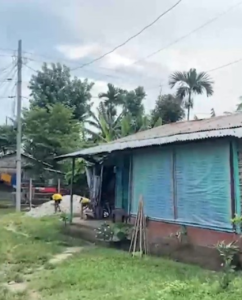 According to Gopal Krishna Siwakoti, President of the International Institute for Human Rights, Environment and Development, many deportees are in hiding; some in Nepal, some still lost in India. Four deportees have been threatened with a second deportation—this time from Nepal, where they were arrested for illegally crossing the border. But Nepal’s Department of Immigration admits there is nowhere for them to go.
According to Gopal Krishna Siwakoti, President of the International Institute for Human Rights, Environment and Development, many deportees are in hiding; some in Nepal, some still lost in India. Four deportees have been threatened with a second deportation—this time from Nepal, where they were arrested for illegally crossing the border. But Nepal’s Department of Immigration admits there is nowhere for them to go.
Mr Siwakoti says that for those in the camps, mostly the elderly or infirm, conditions have improved slightly with electricity and running water now available.
But the end of international aid has led to increased vulnerability, exploitation, and fear of detention. Informal work is the norm, but for many, legal protections are non-existent.
Bhutan, a small Buddhist kingdom of roughly 800,000 nestled between India and Tibet in the Himalayas, is often hailed for its sustainable approach to tourism and national happiness index, but it has a questionable history of mistreating ethnic minorities.
In the late 1970s, the government of Bhutan began cracking down on ethnic Nepalis who had migrated to southern Bhutan in the 19th century, introducing a series of discriminatory policies designed to exclude Lhotshampa.
From 1989, the government introduced a program known as the “Bhutanisation” of the country by enforcing a dress code and banning the Nepali language, as well as aggressively clamping down on anyone who resisted. Faced with abuse, threats and coercion, the Lhotshampa fled overseas.




